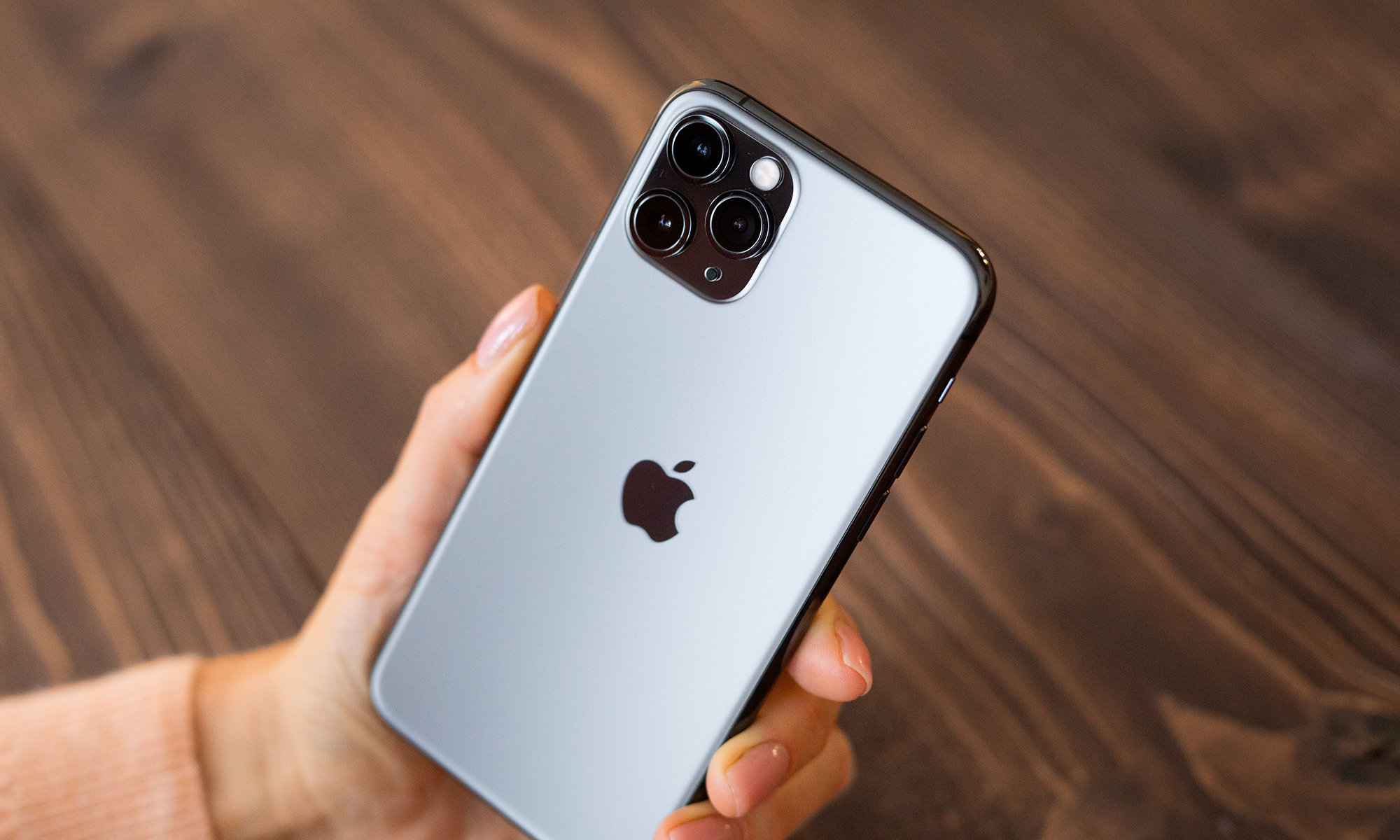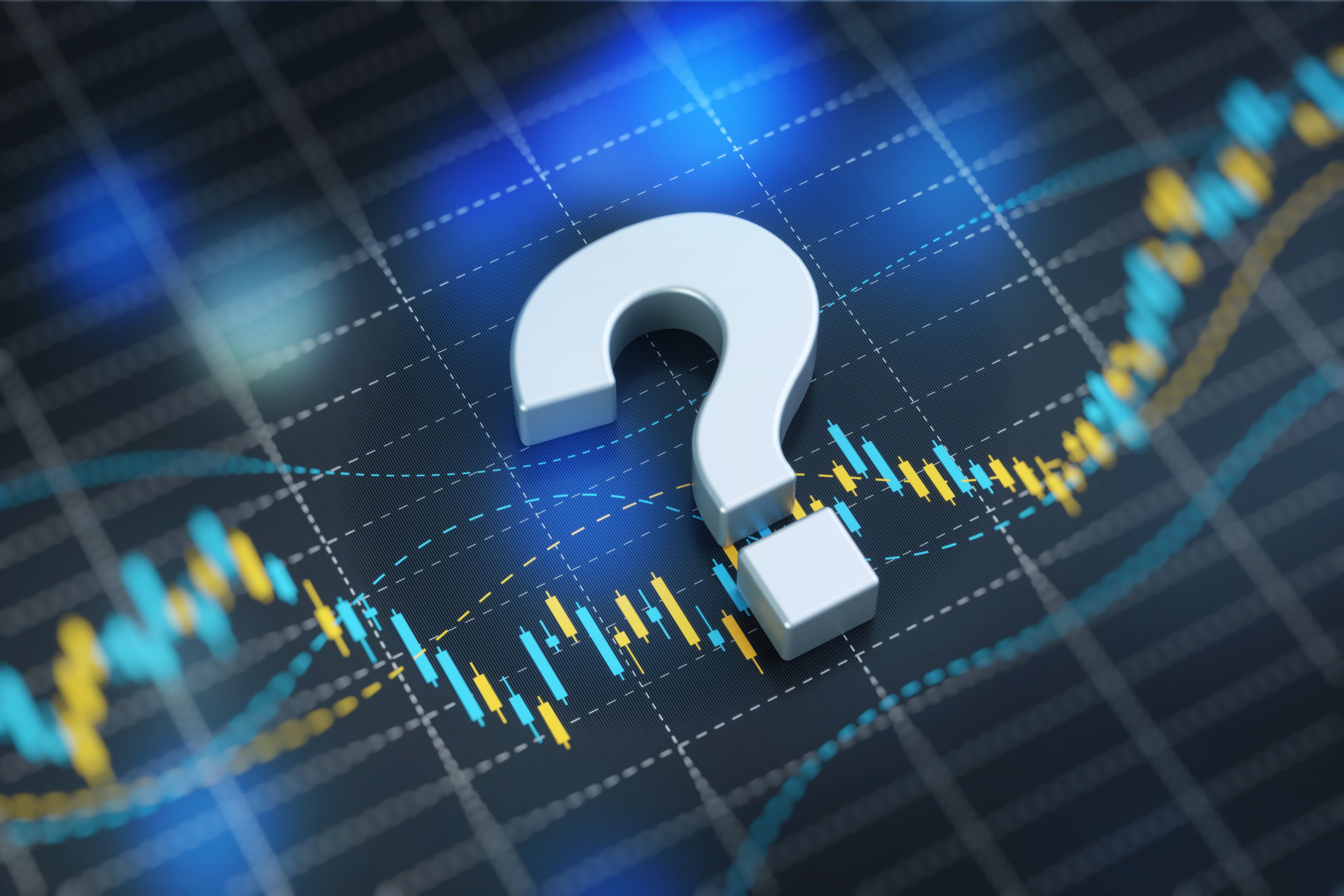The Apple (AAPL +0.54%) Watch is almost here.
On April 24, a select few will receive the device, which marks the company's entry into the wearables market. Most people will have to wait far longer, and the watch won't even appear in Apple's retail stores until June. But for the lucky folks who ordered early, it will show up on the release date.
At that time, a relatively small number of people will get to experience one of the most anticipated products ever released. It's Apple's first major new consumer electronics item since the iPad and a device which could literally make or break an entire product category.
Whether the Apple Watch will be a hit has yet to be seen, but its success -- should it catch on -- is likely to be determined at least in part by its most exciting features.

Tim Cook showing off the Apple Watch. Source: Screenshot
It responds to movement
Instead of just delivering an iPhone that you wear on your wrist, Apple has worked hard to create a user experience that's unique to a watch. To accomplish that, the company has delivered a device which responds to movement.
Raise your wrist and the watch's display comes to life. Lower it and it turns off. That sounds minor, but it's a perfect example of how you make a device take full advantage of its form factor.
It users power very smartly
While Apple Watch can do all sorts of things, at some times, it's just a watch. Since you're not likely to wear a second watch along with Apple's, it's important that it actually tells time. That's something which CEO Tim Cook found very important.
"Apple Watch is incredibly accurate," he said in a video about the product, explaining that it was accurate to within 15 milliseconds of the universal time standard. "That means it's super-accurate and you don't have to worry about it."
That's great, but it's not very valuable if your battery runs out. To prevent that, when the watch's battery has been run down, it activates the "Power Reserve" feature. This shuts off everything except the ability to tell time. It lasts for hours and lets you at least know what the time is while you don't have enough power to do other cool stuff.
The crown is very versatile
Since the launch of the iPod, Apple has been able to pack a ton of functionality into very limited controls. The Digital Crown, the tiny wheel device on the side of the Apple Watch, looks to be a worthy successor to that tradition.
The Digital Crown allows for scrolling through information without using your finger. That is necessary because the actual screen is so small. The Digital Crown makes it possible to read as you go without having to constantly move your finger. "You can also use it to make fine adjustments such as setting a timer, adjusting your daily move goal in the activity app, or customizing the design of a watch face." the video said.
It's also a TV remote control
The iPhone (and other smartphones) can function as a television remote control, but that means having to carry your phone as you watch TV. That's not always practical, but wearing your watch while you take in some shows is more natural.
Using this feature requires installing third-party apps -- it's not a native feature. But that's as easy as installing an app on an iPhone or an iPad.
Glances make things easy
Part of the joy of a watch is that it lets you see the time simply by looking down at your wrist. That's more convenient than driving around and looking for a bank or even looking for a wall clock. The Apple Watch takes that experience and brings it into the modern era. Instead of just telling time, though, the watch uses "Glances" to impart all sorts of information.
Swiping the bottom of the device's screen allows users to get what Apple is calling a "Glance," a look at information like weather or sports scores that requires little more than a quick peak.
"You can even check your heart rate," Cook said as he shared some of the information that could be set to work with Glances.






